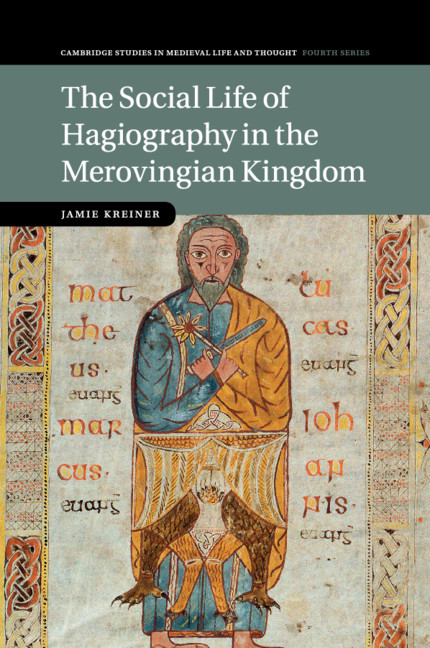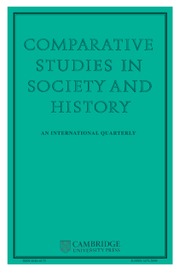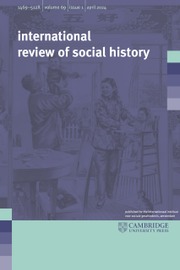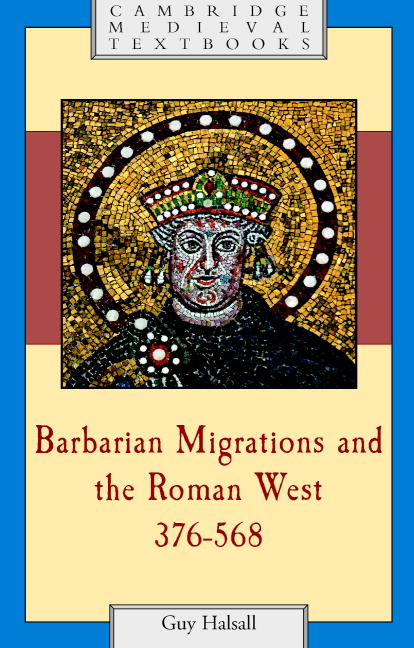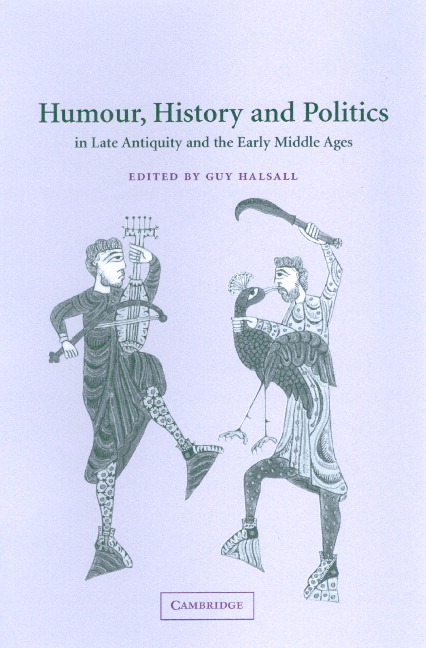Settlement and Social Organization
This book is a regional study of what is now northern Lorraine during the period between the end of the Roman Empire and the accession of Charlemagne. It covers a broad range of historical themes, looking at all areas of society and the settlements in which it lived. Adopting a new multi-disciplinary methodology that integrates historical and archaeological evidence, it argues that early medieval society was not stagnant, as is often thought, but was both diverse and open to constant change.
- Adopts a new approach of 'total history' to the study of the Merovingian empire
- Opens up interdisciplinary approaches in history and archaeology to the subject
- Offers a new interpretation of the transformation from 'Roman' to 'Medieval'
Reviews & endorsements
"This is a beautifully produced book, written with great clarity and founded upon a broad and scrupulous familiarity with its sources....This book ought to generate detailed critiques of the evidence and stimulate new debate." Bailey K. Young, American Jourbal of Archaeology
"Settlement and Social Organization^i will be used by Mervingian historians and others for a long time to come." Steven Muhlberger, Speculum
"This is an informative and important book. It is one of the few comprehensive discussions of the textual and archaeological evidence from early medieval Europe, and one of the very few in English. The book should be required reading for archaeologists and historians of the early Middle Ages, and will be useful for all historical archaeologists. For any archaeologist grappling with problems of social organization, this synthesis of a well developed context of text-aided archaeology will be very instructive. Halsall has done an excellent job with a complex interdisciplinary topic." Peter S. Wells, Journal of Field Archaeology
Product details
September 2002Paperback
9780521521895
328 pages
255 × 196 × 27 mm
1.139kg
96 b/w illus.
Available
Table of Contents
- 1. Introduction
- Part I. Social Organization:
- 2. Social organization: descriptive analysis of the documentary evidence
- 3. Creating a model: cemeteries of the Merovingian civitas of Metz
- 4. Testing the model: cemeteries outside the civitas of Metz
- Part II. Settlement:
- 5. Rural settlement
- 6. Intermediate settlement: Castra, vici, palaces and monasteries
- 7. Urbanism in Metz
- Part III. Conclusions:
- 8. Town and country, c. 450–c. 600
- 9. The later Merovingian period
- Bibliography
- Index.


